info@chinaadventure.org
86-18008011324
Search
Chinese began to cook staple foods and dishes about 5,000 to 6,000 years ago in the Neolithic period. When it comes to food, there is a saying in China, "Eating is always taken as the first priority." This means that food is the most basic need for people. It should clearly demonstrate the importance of "eating" in Chinese life. Eating isn't just about filling up. Those who advocate food culture often quote the Chinese philosopher Confucius, "eating is the most primitive needs of every human being," to find an aspirational and positive intellectual foundation for this hedonistic lifestyle. Perhaps no other place in the world has such a rich and varied range of delicious fates as China. Chinese people regard food as wealth and life as art, not only creating various local food styles in their vast land, but also spreading Chinese food culture to all parts of the world.
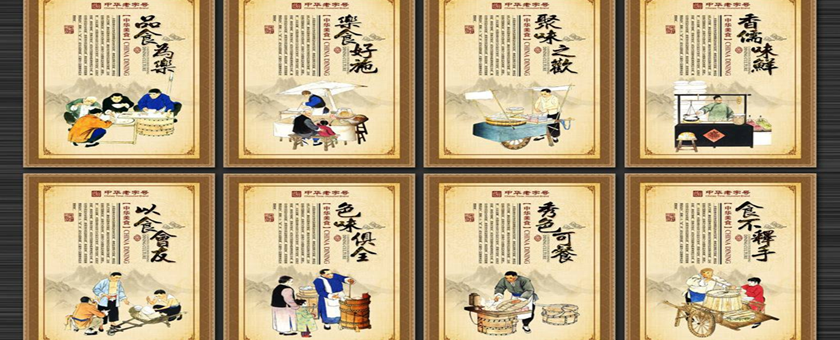
Chinese Meal
Chinese meal consists of two parts: the main food, usually rice, noodles or steamed buns, and vegetables and meat. (This is different from western food with meat or animal protein as the main dish). The main tableware are chopsticks (for solid food) and ceramic spoons (for soup and porridge). In Chinese food, everyone has his own bowl. However, the accompanying dishes will be served on communal plates for all to enjoy. Usually, these dishes are eaten with rice. Dessert is not the main course in China. Chinese desserts are considered snacks between meals. If dessert is served during the meal, they will be served during the meal without strict distinction. For dessert, it's usually fresh fruit.
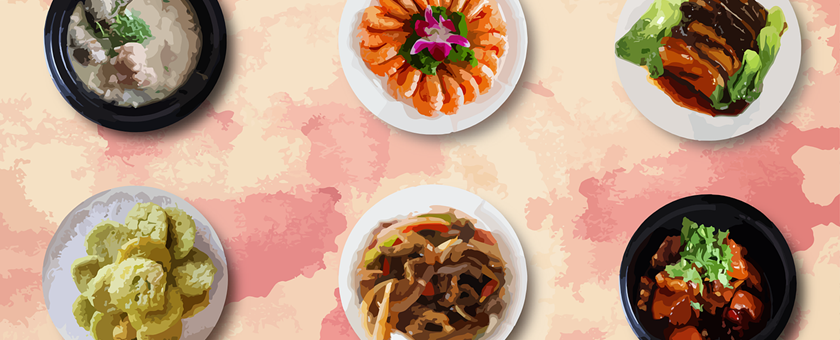
Different Tastes
China is vast in territory and rich in resources. Over a long period of time, different regions developed their own food flavors. For example, people in the south live on rice, while people in the north live on noodles or steamed buns. As far as taste is concerned, the whole country can be roughly divided into four parts: the sweet south, the salty north, the sour east and the spicy west.

Different Dishes in Different Seasons
Chinese people change their menus with the seasons, using different seasonings and side dishes for each season, from ingredients to cooking methods. In winter, it's mostly stews; while in summer, it's mostly cold dishes with sauces. Chengdu Cuisine Tour
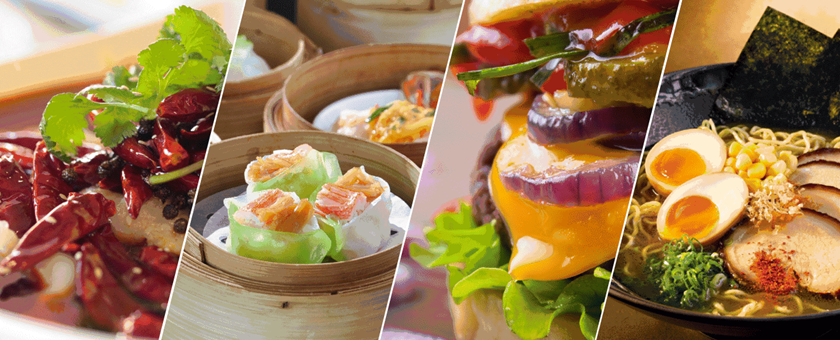
Concentrated on Aesthetic Spice
Chinese cuisine has long paid attention to taste, not only the color of food, dim sum, incense and taste have strict requirements, but also their naming, taste way, dining rhythm, entertainment interspersed and so on have certain requirements. The name of Chinese cuisine can be said to be wonderful, refined and popular.

Food Combining Medical
Chinese cuisine is closely related to medical care. Thousands of years ago, there was a saying that "medical and food share the same source". The medicinal value of food raw materials can be used to make various delicacies and achieve the purpose of preventing and controlling certain diseases."
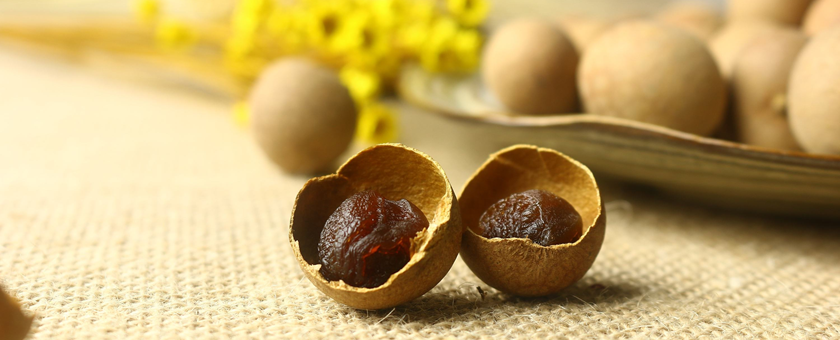
Cooking Techniques
There are over thirty techniques in Chinese cuisine, including deep-frying, quick-frying, stir-frying, roasting, sauteing, simmering, braising, smoking, steaming, and stewing in soy sauce and syrup. Different ingredients require different seasonings.

Chopsticks Culture
China is the hometown of chopsticks. Chopsticks culture has a long history in China. The tradition of using chopsticks as cutlery has been introduced to many other countries in the world, such as Vietnam, North Korea and South Korea. The invention of chopsticks reflects the wisdom of the ancient Chinese. A pair of chopsticks, though they look simple, can nip, pick, rip and stir food. Nowadays, chopsticks are considered lucky gifts for marriage and other important ceremonies.
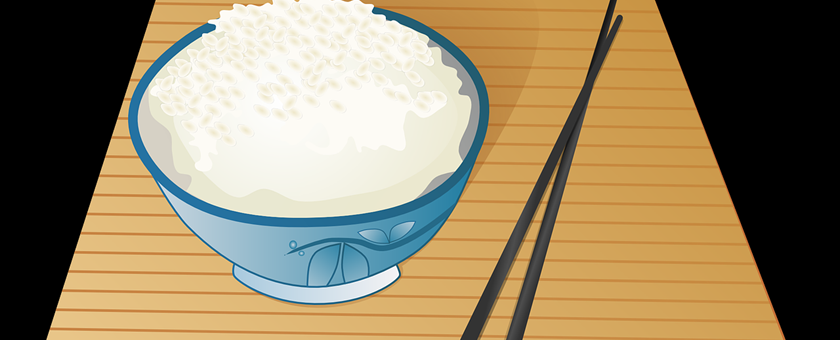
Table Etiquette
Traditional table manners consist of a series of procedures. First, the host and hostess will invite their guests by sending invitations. Second, when the guests arrive, the host and hostess will welcome them in front of their houses, and they will greet each other warmly. The most important and oldest guests usually sit in the top seats, while the others sit accordingly. When all the guests had settled down, the host and the guests began to talk. Hostesses learning Chinese cuisine toasted and served guests with their own chopsticks, demonstrating their hospitality. After the banquet, the host and hostess will take their guests back to the living room, where they will be served tea again.
When eating, let the guests and the oldest eat first. It is proper etiquette to take only a little food at a time. If food is out of reach, never pick it up standing. It is also impolite to make a loud noise when eating, especially when drinking soup.
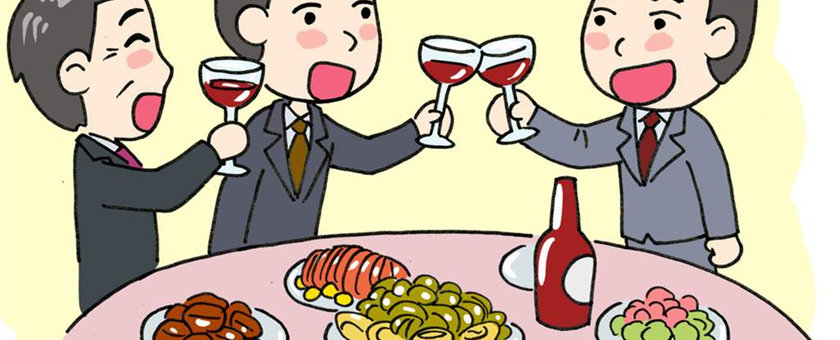
Chinese Cooking Customs
Unlike westerners, Chinese prefer to share food. The elder selects the food for the young, and the host distributes the best dishes to the distinguished guests as a sign of respect and warm welcome. Such Chinese eating habits make Chinese people more hospitable. By sharing food with guests, friends and family, Chinese people tend to be more sensitive to the needs of others at the table and tend to consider the needs of the group first.
Chinese Food Culture in the Eyes of Foreigners
While none of these views should strike foreign visitors as particularly strange or exotic, they suggest that some aspects of Chinese catering have very different values from those in the west. However, there is one key concept that China shares with the rest of the world. In other words, food and wine, and the company of good friends, are one of the greatest pleasures of our lives.
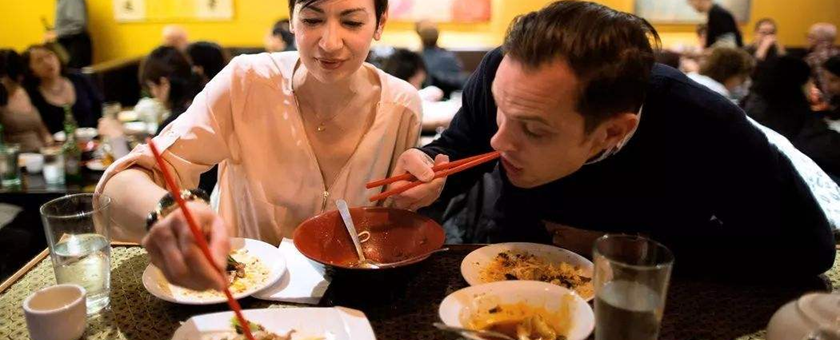
Related Article
New China Xinjiang Silkroad Luxury PandaTrain is available to book now!
we’ll reply you in 24 hours!
Copyright © 2012-2024 All Rights Reserved to chinaadventure.org